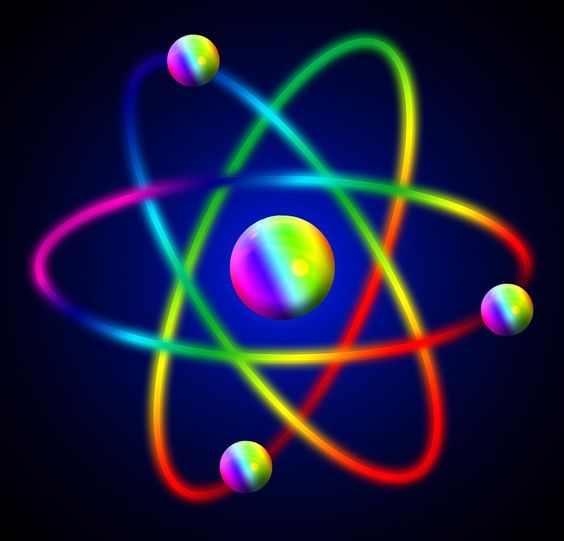The nation needs a workforce that can pursue quantum computing.


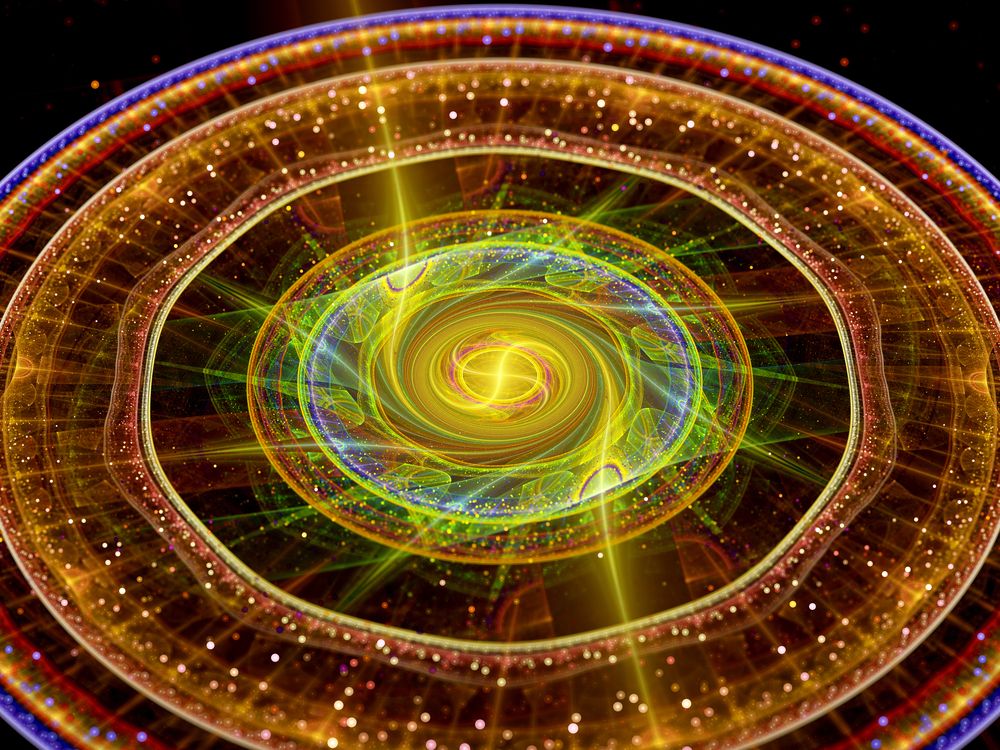
Quantum computing might be closer than we thought, thanks to a series of newly developed scientific methods. Furthermore, a new implementation of Shor’s algorithm increases the urgency of getting Bitcoin ready for the advent of quantum computing.
Also read: NIST Starts Developing Quantum-Resistant Cryptography Standards.
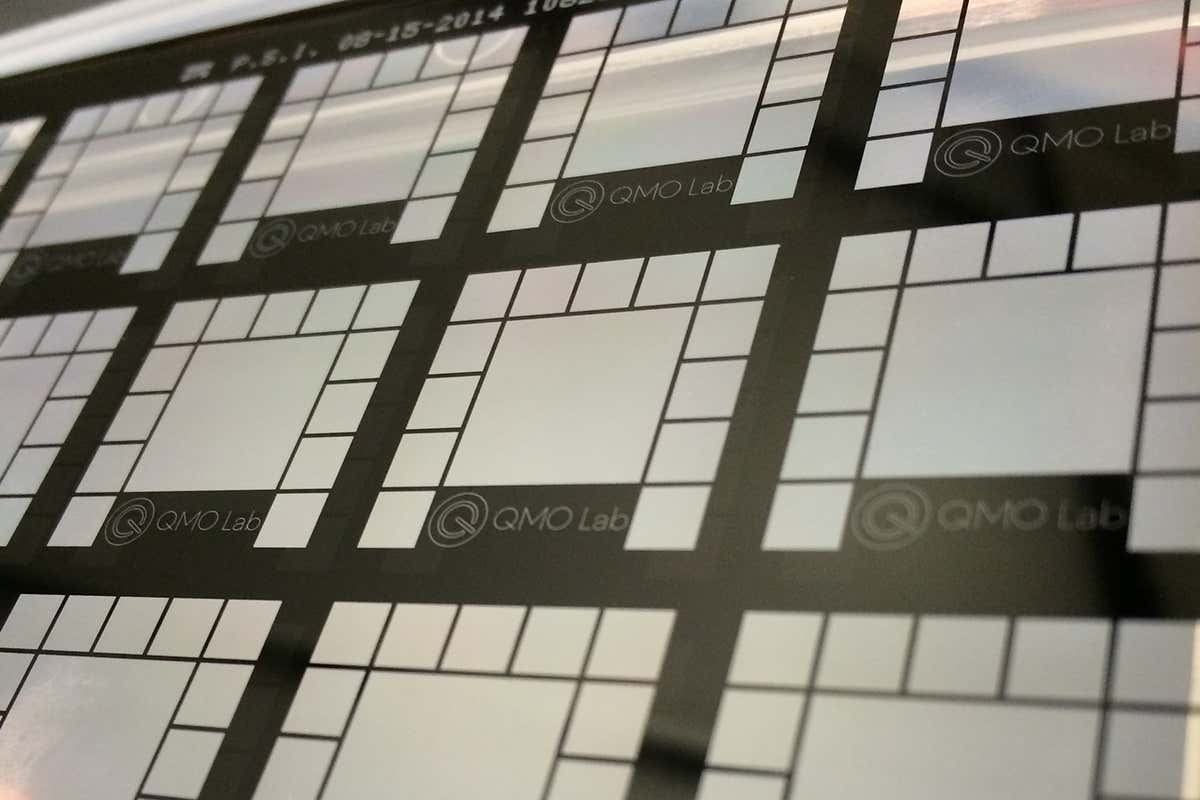

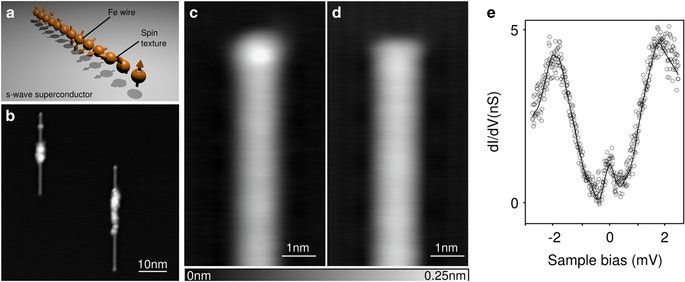

More folks warning others that you better be planning for a QC transformation as it is coming and is going to be probably the largest scale transformation the we have seen in the history of technology.
Former communications minister, Stephen Conroy has warned that Australian government technology decision makers need to start preparing for the development of quantum computing.
The former senator made the warning during a panel session at the Australian Computer Society’s Reimagination conference late last week. While still in its nascent development stages, the former minister for broadband communications and the digital economy said that it could have major national security implications.
“There’s one other issue that I wanted to put out there that’s coming as a disruptor and that’s quantum computing and how that’s going to affect things like national security and industrial competitiveness,” Mr Conroy said.

Inside a new exotic crystal, physicist Martin Mourigal has observed strong indications of “spooky” action, and lots of it. The results of his experiments, if corroborated over time, would mean that the type of crystal is a rare new material that can house a quantum spin liquid.
Currently, only a small handful of materials are believed to possibly have these properties. This new crystal was synthesized for the first time only a year ago. Corroboration by other physicists of Mourigal’s newly produced experimental data could take a decade or longer.
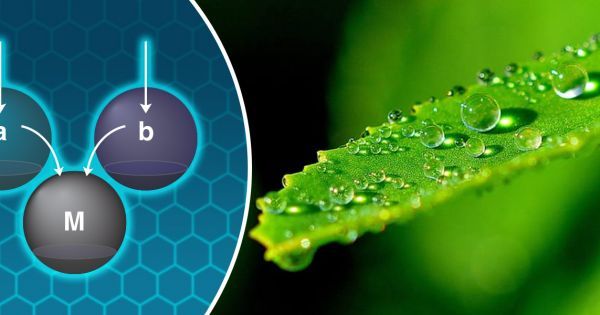
In Brief
Science once again reaches a milestone in technology by modeling it after nature. Researchers have devised a new type of highly efficient photocell by studying photosynthesis in plants.
Nathan Gabor, assistant professor for physics and astronomy at the University of California, Riverside, led research spurred by a simple question as to why plants are green. This eventually led to a quest to mimic plants’ ability to efficiently harvest energy from the Sun regardless of how erratic the sunlight is.
It is not often that a scientist walks the red carpet at a Silicon Valley party and has Morgan Freeman award them millions of dollars while Alicia Keys performs on stage and other A-listers rub shoulders with NASA astronauts.
But the guest list for the Breakthrough prize ceremony is intended to make it an occasion. At the fifth such event in California last night, a handful of the world’s top researchers left their labs behind for the limelight. Honoured for their work on black holes and string theory, DNA repair and rare diseases, and unfathomable modifications to Schrödinger’s equation, they went home to newly recharged bank accounts.
Founded by Yuri Milner, the billionaire tech investor, with Facebook’s Mark Zuckerberg and Google’s Sergey Brin, the Breakthrough prizes aim to right a perceived wrong: that scientists and engineers are not appreciated by society. With lucrative prizes and a lavish party dubbed “the Oscars of science”, Milner and his companions want to elevate scientists to rock star status.
